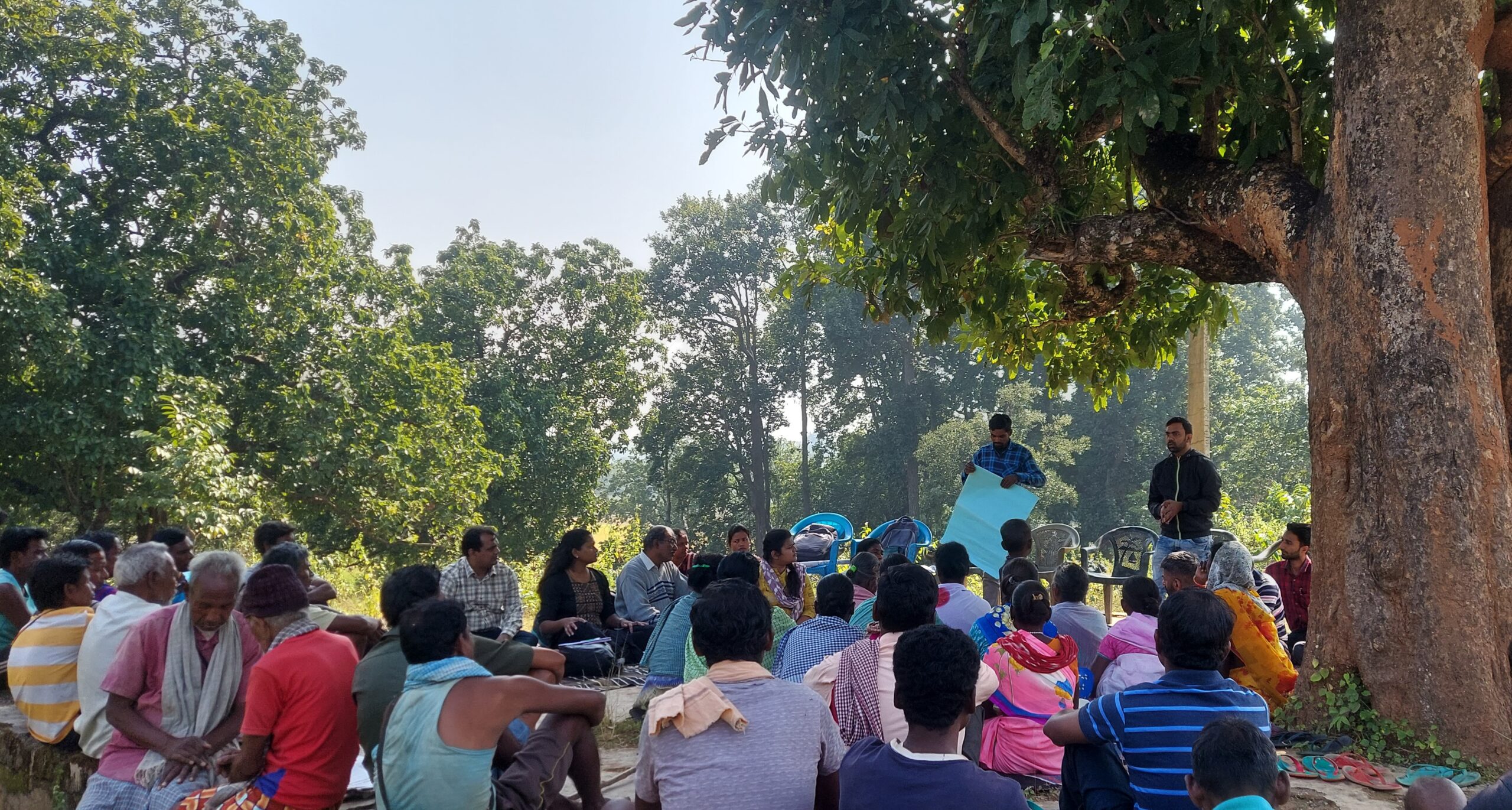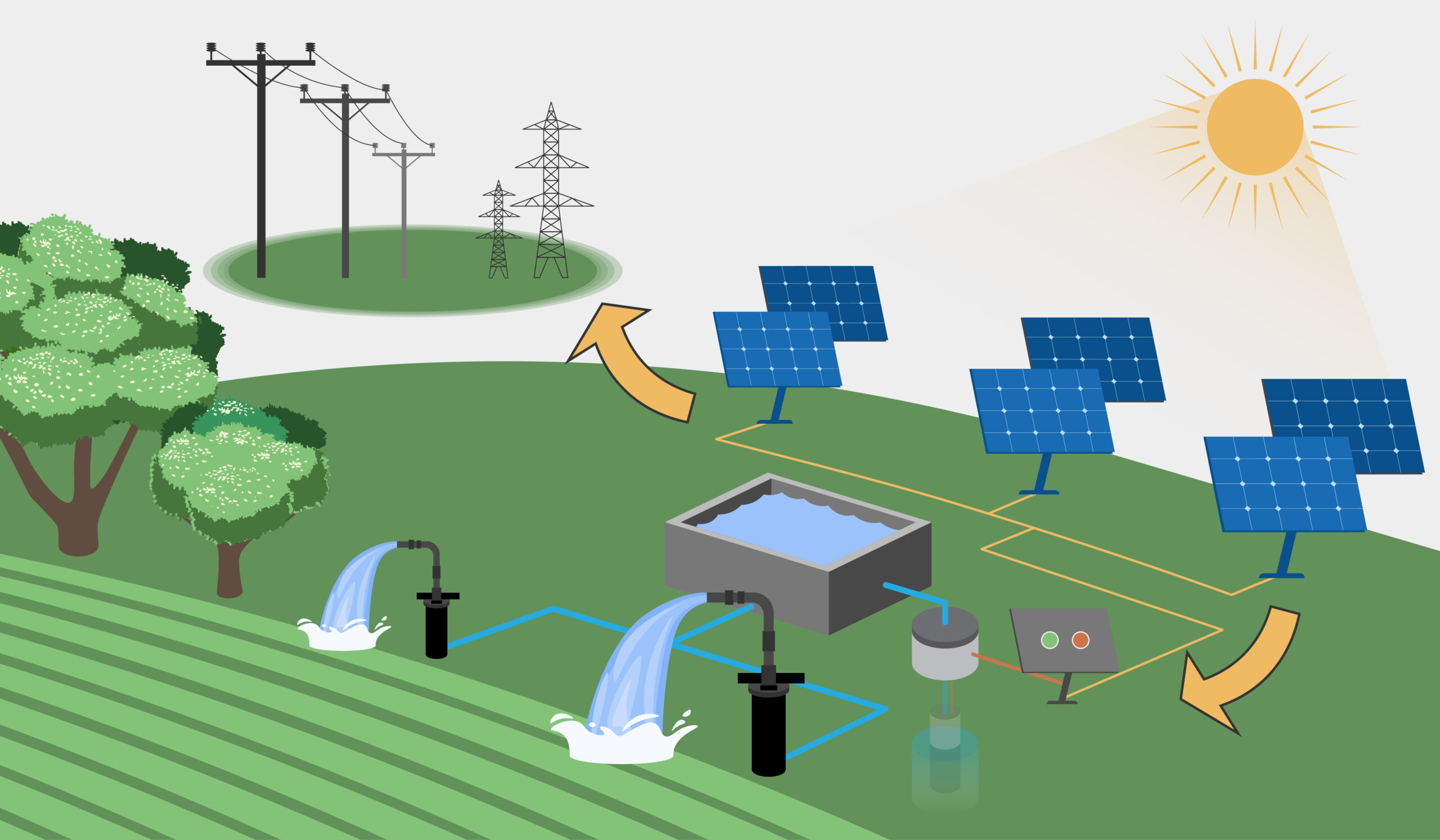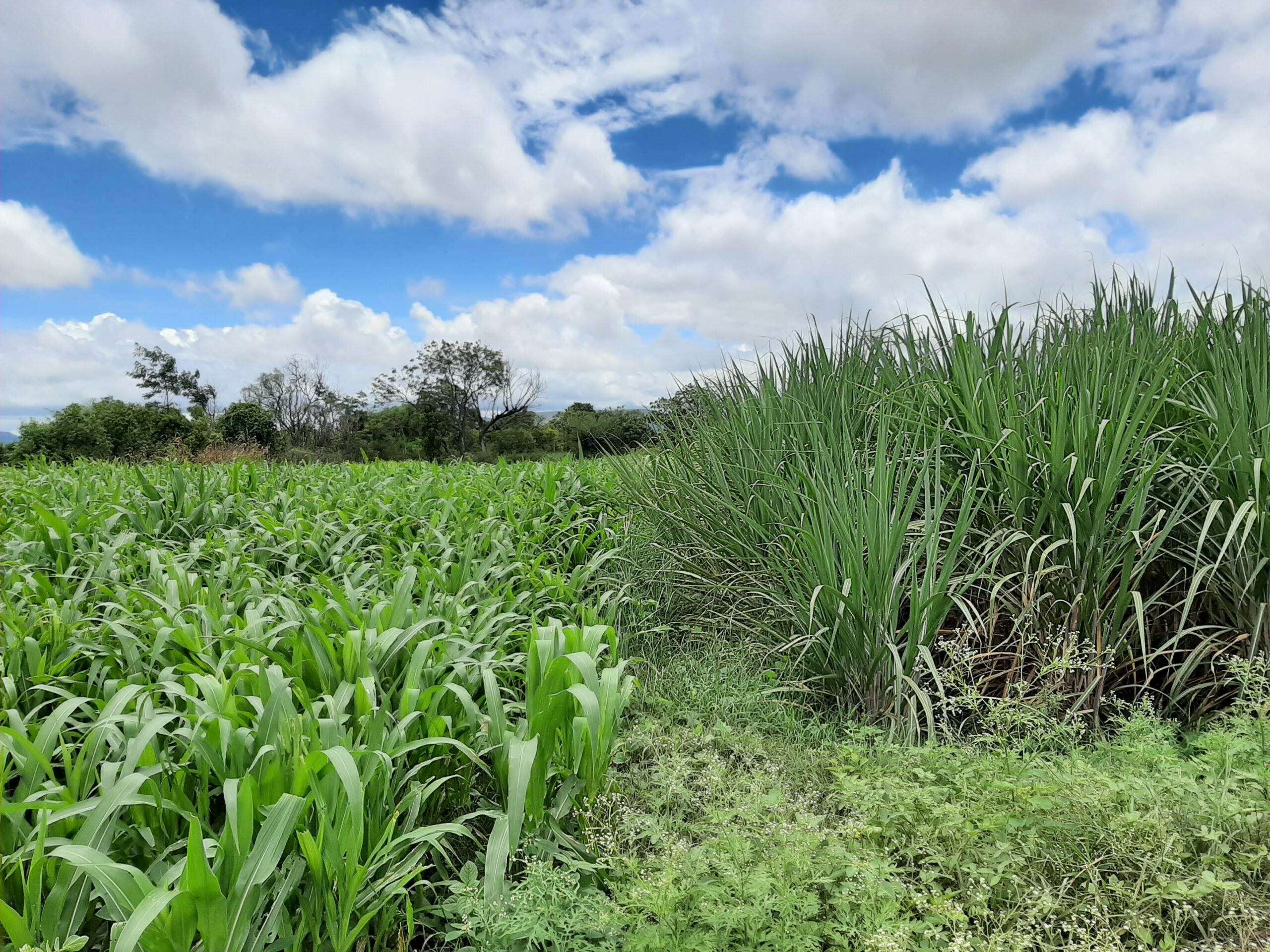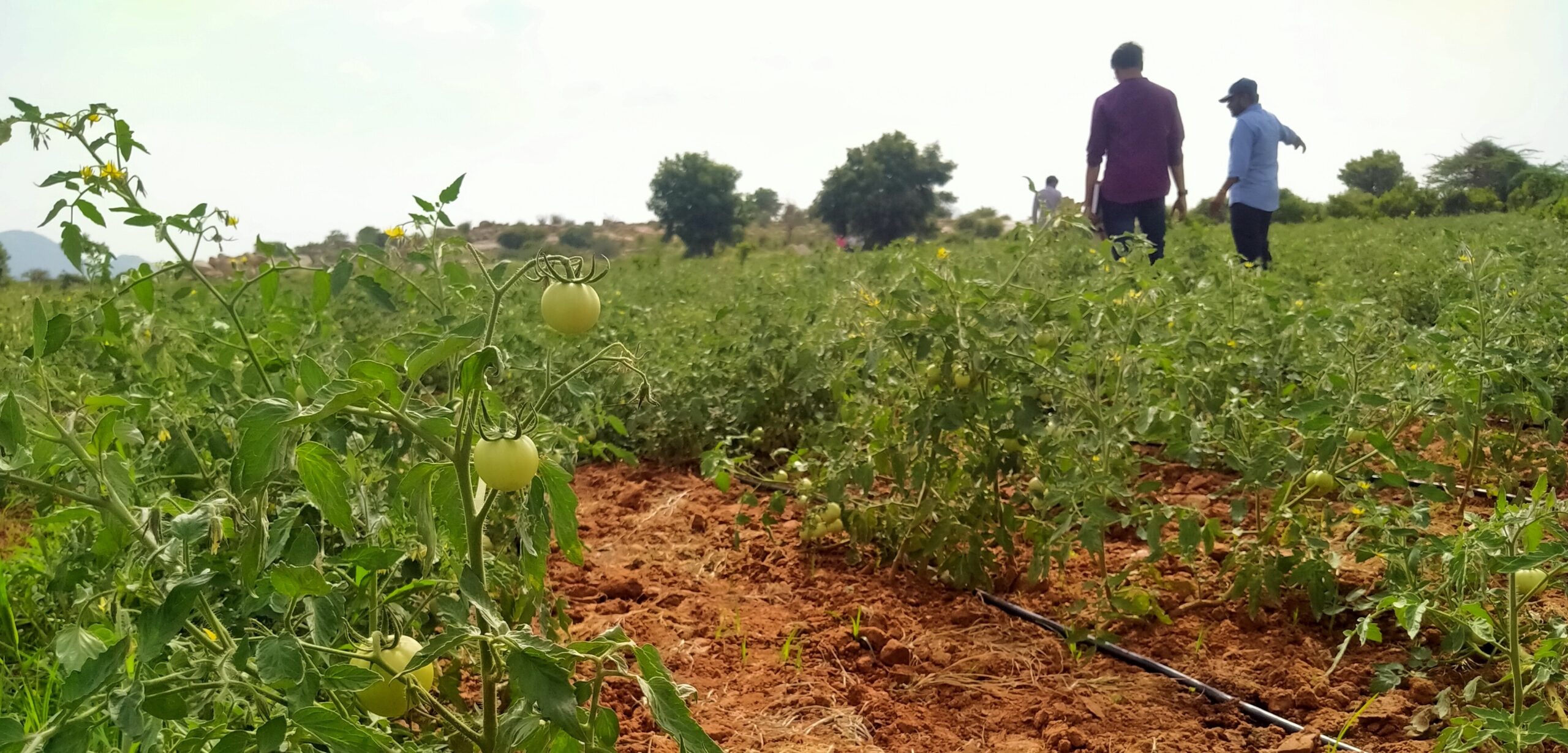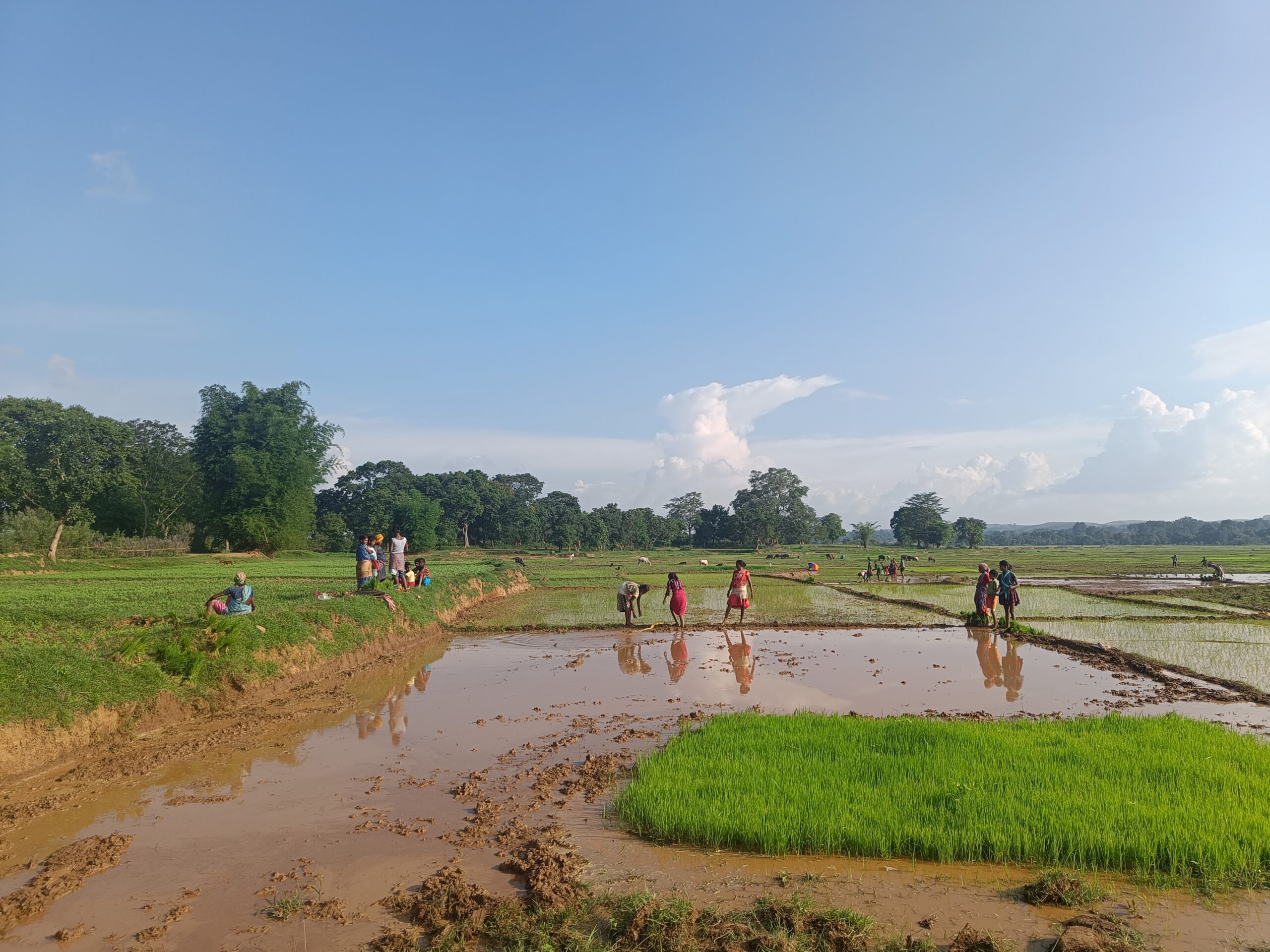How Can Social-Sector Organisations Find Solutions to Pressing Challenges?
Photo by Nabina Chakraborty
When creating the Green Rural Economy platform to connect solution-seekers with providers in the development sector, we faced a tricky problem: most organisations were either uncomfortable asking for help or did not know how to go about it.
There are various reasons for this. Often, they do not know what other organisations are working on and are unsure of who exactly to ask. In the absence of formal channels to connect with others, they are hesitant to reach out. Many organisations work in silos—often because of reasons beyond their control, such as limited time and resources or donor expectations—and do not have a culture of collaboration
There are plenty of websites, YouTube channels, and agriculture extension programmes, where organisations can find information. However, the culture of actively seeking and receiving help in the way it exists in the private sector—as consultancy services, for example—is largely missing.
How could we create a matchmaking platform if no one asks for help? Over the past year, we experimented with the following approaches to overcome this barrier and ensure organisations got the assistance they required:
1) The friends and family approach
Initially, most requests for solutions surfaced from conversations and check-ins between the Green Rural Economy team and partner organisations. Some of these were organisations the Rainmatter Foundation was funding, while others were WELL Labs’ partners.
However, the requests were often unclear. The details and context took a while to make sense of. Take the case of Prarambha, a civil society organisation working in Raichur and Koppal districts of Karnataka and a long-time collaborator of WELL Labs. They were interested in capacity-building regarding solar-drying enterprises. It took 2-3 calls to clarify their ask—what was initially a capacity-building request turned into a need for an end-to-end setup, including finance, logistics, and operations. To help them, we had initially set up meetings with Raheja Solar Food Processing Private Limited. However, it soon became clear that they would need much more handholding to establish an enterprise.
Early in our outreach efforts, the most unsolicited requests came from newer organisations like Buzz Women and Lipok Social Foundation. These place-based organisations, that is, they work towards comprehensively addressing challenges in a region rather than focusing on a particular issue, such as livelihoods or food security.
Among these requests, the most clarity came from entrepreneurs, who typically needed help with financing and market access. Most of them were green enterprises, that is, they balanced economic priorities with environmental ones.
A challenge that emerged from these requests was that the responses were often not contextual. A tried and tested solution in one location did not immediately translate to a different geography.
Take the case of Himalay Unnati Mission, which wanted to set up a dairy production unit to make cheese and ghee. We introduced them to Akshayakalpa, a farmer-entrepreneurship initiative, but they asked for an alternate connection that was more aligned from a geography and scale perspective. They are based in the Himalayas in northern and eastern India, so it did not make sense for them to travel thousands of kilometres to Akshayakalpa’s headquarters in Tiptur, Karnataka. Besides, Akshayakalpa’s operations were much larger and its training was available only in south Indian languages.
Nature’s Club, a place-based organisation in Odisha, had a similar experience. It was looking for an integrated farming approach to cultivate 1-acre parcels of land. While Organic Mandya, a social impact company, has developed a 1-acre model suited for regions in Karnataka, it may not translate to the coastal regions Nature’s Club operates in. So, they requested further support to contextualise the model.
2) The social media and digital networking approach
The GRE team has sought requests and responses through online channels, such as LinkedIn posts and the forum The Grove. However, organisations rarely stepped forward to seek help in public forums. To streamline the process of sourcing requests, we designed and broadcasted a help request form, which organisations could fill to provide context.
While many organisations used the form, there were gaps in the information they shared. Most did not describe their request in detail, which necessitated a follow-up call with the organisation. Once the team had a better understanding of their requests, we matched them with relevant solution providers or invited them to ‘clinics’ to further clarify their requests.
Also Read | GRE Clinics: Matchmaking in the Development Sector
However, the impersonal nature of a form can be intimidating for grassroots organisations as they prefer instant messaging platforms like Whatsapp to discuss queries and updates. We are experimenting with Slack forums and a Whatsapp number to engage with organisations and source their queries.
3) The sandbox approach
When an organisation’s focus is place-based, opportunities for further links with other organisations open up. Place-bound requests can help weave together partnerships between organisations focusing on a specific geography.
We embedded the Green Rural Economy initiative into the Odisha Sandbox, an ecosystem of local actors comprising civil society organisations, community leaders, and government officials, among others. By doing so, we were able to build systems to capture communities’ needs and relay these to the local administration and other stakeholders.
Also Read | The Odisha Sandbox: Advancing the Green Rural Economy through a Place-Based Approach
Working with place-based organisations like Nature’s Club ensured effective problem-solving across myriad domains, ranging from plastic waste management to mushroom cultivation and mangrove restoration. Through a cadre of climate champions, we identified and consolidated communities’ requests for solutions across various themes. We then roped in solution-providers to initiate pilots to address these requests.
We plan to apply the learnings from the Odisha Sandbox to build the Raichur Sandbox in northern Karnataka. These sandboxes will serve as testing grounds to bring together different actors in a region and create hubs to accelerate transformation in rural India.
*****
We shall continue using the above approaches and experiment with newer ones to ensure that social-sector organisations can easily ask for help and find tried and tested solutions to pressing grassroots challenges.
Acknowledgements
This work is supported by Rainmatter Foundation and Axis Bank Foundation.
With inputs from Lakshmi Pranuti Choppakatla
Edited by Archita Suryanarayanan and Syed Saad Ahmed
Follow us to stay updated about our work


